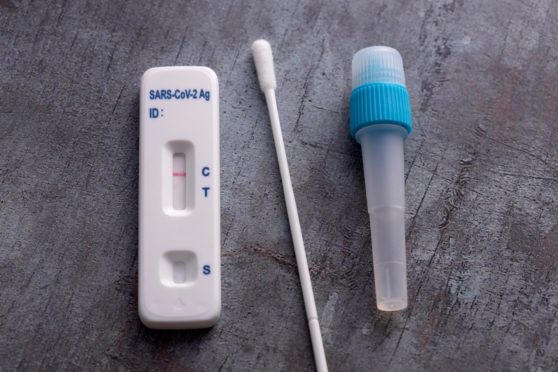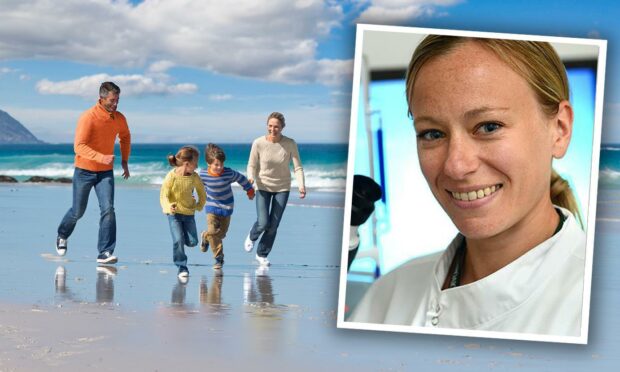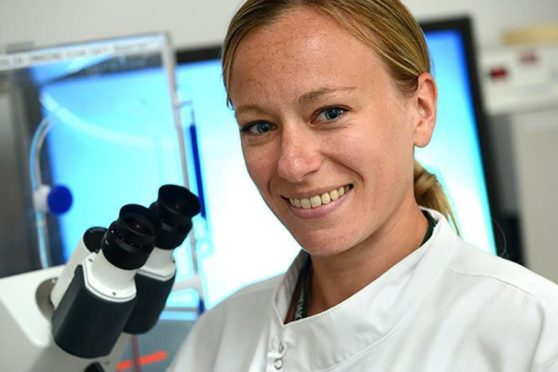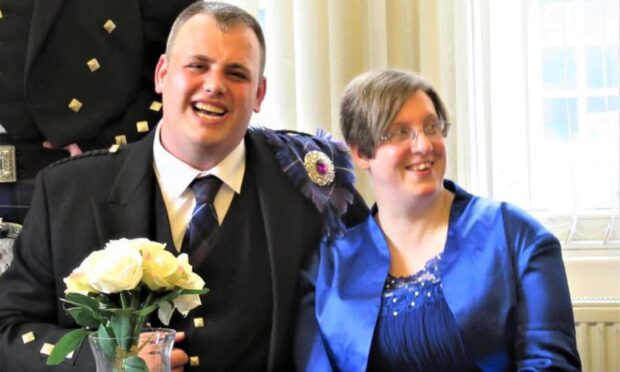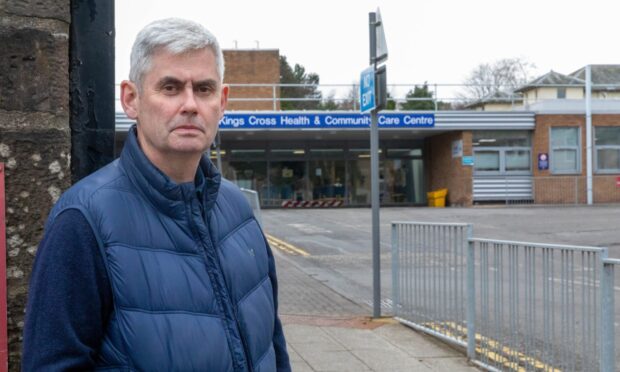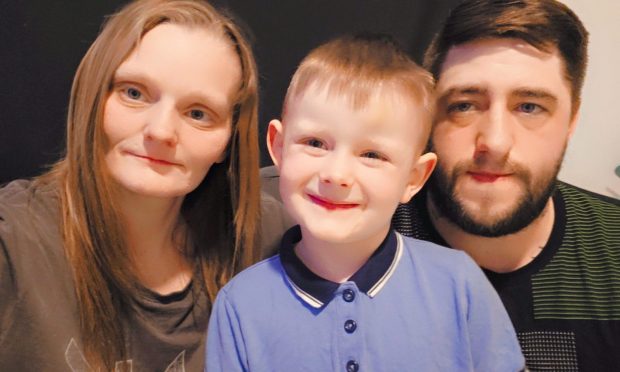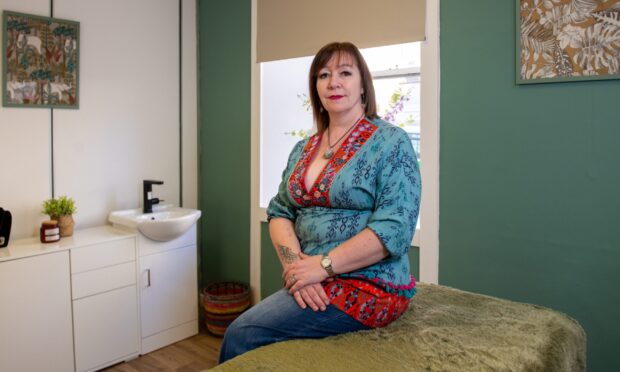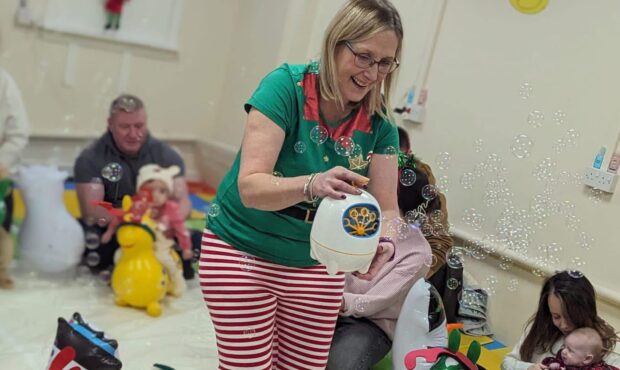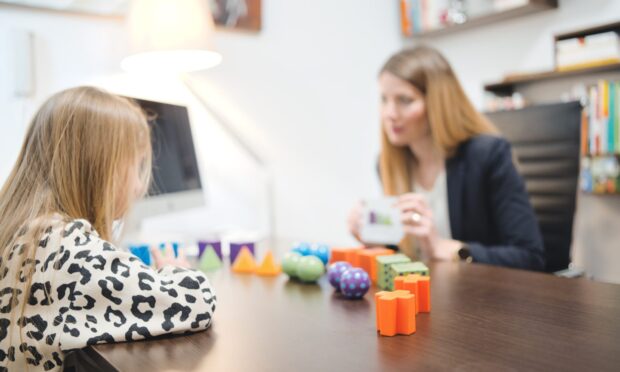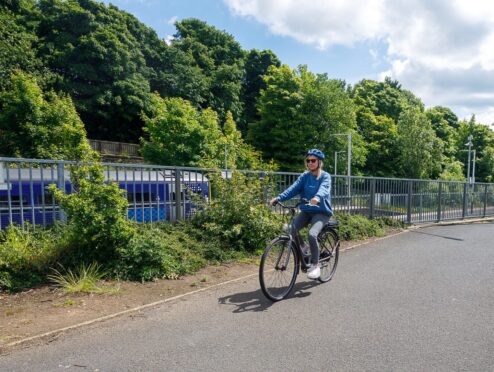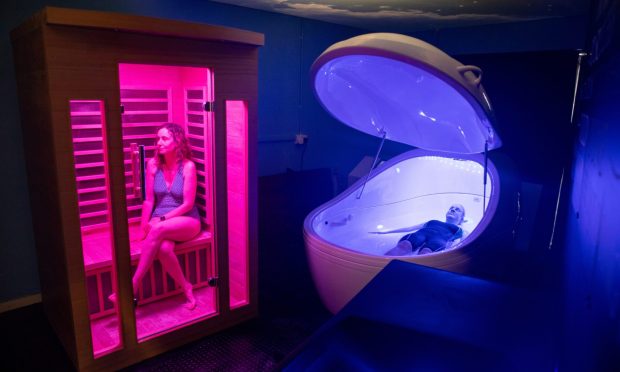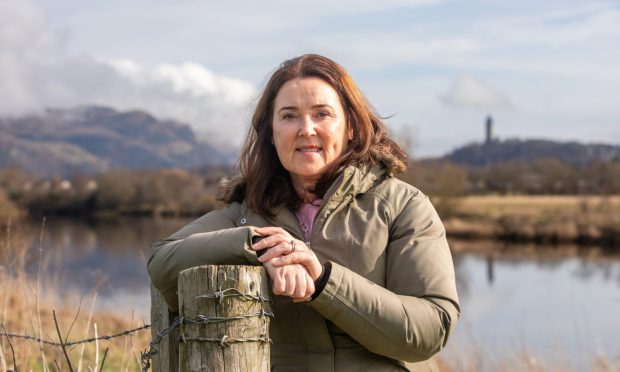School’s out for summer! If you’re planning a getaway, read our expert’s advice on the best way to travel, what to pack and how to have a Covid-safe break.
Current Scottish government guidance is that we should be ‘highly cautious’ of going abroad. There are only a few countries on the green list and travel to amber – most of Spain, France, Greece and Turkey – is not advised.
The best plan, say experts, is to take a short staycation.
Dr Eleanor Gaunt, a virologist at The Roslin Institute, University of Edinburgh will be holidaying in Caithness “a hut in a forest in the middle of nowhere. Very Covid-safe!”
She says it’s a good idea to do a lateral flow test (LFT) before your trip. These can be ordered online and will be delivered to your door free.
Dr Gaunt says: “LFTs are not very sensitive though, which means if you are infected there is a chance the test will come back negative.
“Therefore if you test negative you should still maintain all the same precautions we have been taking throughout the pandemic – wear a mask, keep your distance, wash your hands.”
What is the safest way to travel?
“The safest way to travel to reduce the risk of spreading SARS-CoV-2 (or indeed other viruses) is to use private transport,” says Dr Gaunt.
Service stations are best avoided, so pay for petrol at the pump and sanitise after use.
“If you are travelling on public transport, wear a mask and ensure the area you are in is as well ventilated as possible – get those windows wide open!”
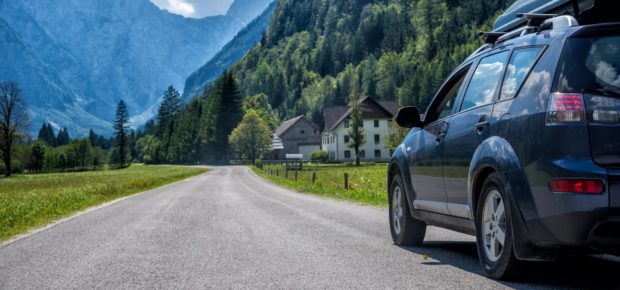
Most people will pack extra masks, hand sanitiser and wipes. But should we be taking our own bedding or pillowcases if staying away from home?
Where to stay
“Fresh bed linen will not transmit SARS-CoV-2,” Dr Gaunt continues.
“In catered accommodation such as hotels, the biggest risk is from sharing air space with others, for example during a breakfast or dinner service.
“Air may recirculate in a room, allowing the airborne transmission of the virus, and masks will not protect you from this.
“Changing the air in the room by ensuring it is well ventilated helps offset the risk. If you are uncomfortable, ask staff to open doors and windows to promote air flow.”
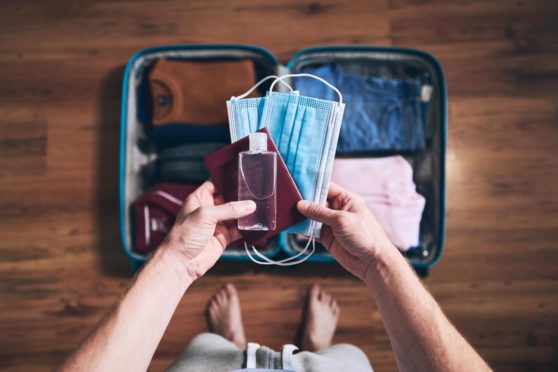
Public fear of catching coronavirus from mail, parcels, shopping trollies and door handles has been high since the start of the pandemic. What applies on holiday?
Hygiene – do I need to wipe down surfaces?
“Inanimate objects and surfaces such as door handles and TV remotes are referred to as ‘fomites’” says Dr Gaunt.
“Fomite transmission is a very minimal risk for SARS-CoV-2. The main risk of transmission in a hotel is through shared air space.”
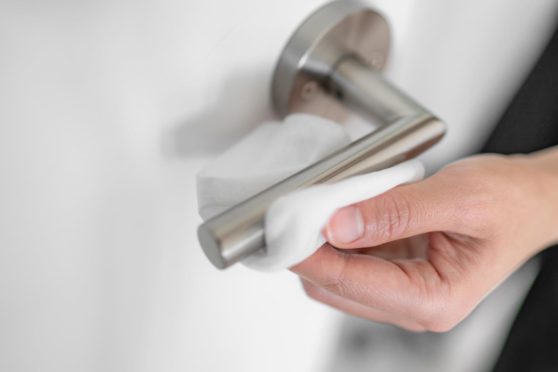
Mixing with the people you usually spend time with – and minimising the amount of time you are in contact with strangers – will also reduce the risk of catching the virus.
And ensuring you wash your hands regularly is key.
Should I avoid tourist attractions?
Dr Gaunt says it’s best to avoid crowded places when at home or away, to avoid infection.
“Outdoor settings are safer than indoors because virus will dissipate in the air rather than recirculate around a room,” she says.
“Regardless of whether you are inside or outside, if you are in a crowded place it is advisable to wear a mask.
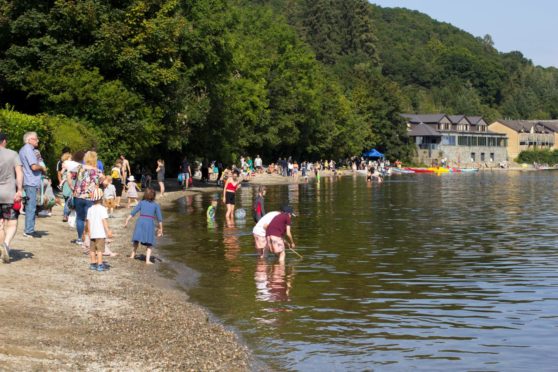
“Swimming pools should have a sufficient level of chlorine in to kill the virus (the World Health Organisation recommend a minimum amount of chlorine of
15mg.min/litre
).
“The main risk of transmission in a swimming pool is through the air. If you are having a rest, ensure you can maintain distance from other swimmers.”
Finally, best advice says Dr Gaunt, is to test yourself when you return home, even if it is just a short break locally you’ve been on.
“Regular testing is recommended after any social contact. You can be infected but not have any symptoms.
“But the key message is ventilation. The virus transmits very easily in the air, and this is far and away the biggest risk.”
